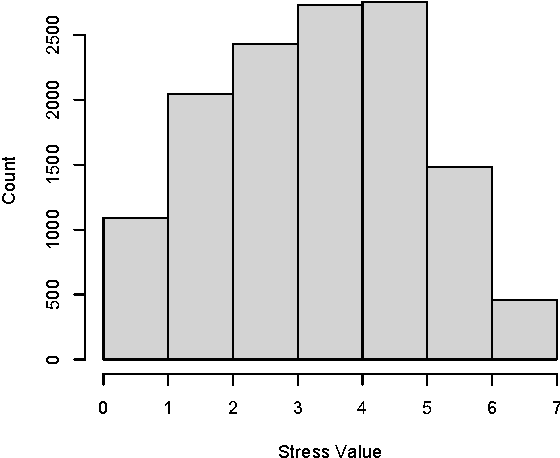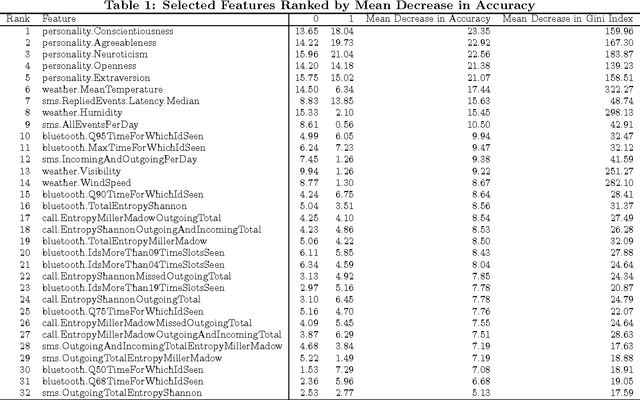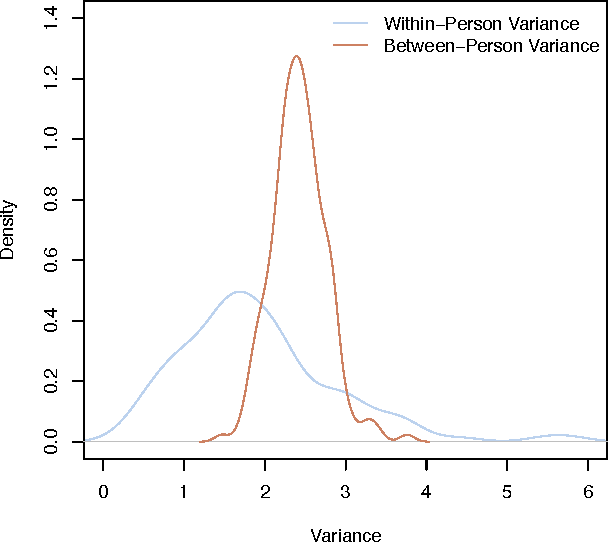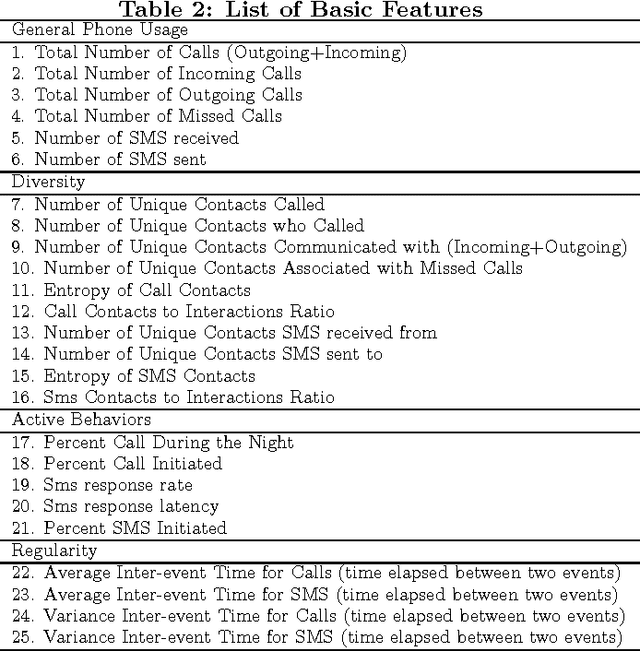Fabio Pianesi
Sandy
Generalized Compression Dictionary Distance as Universal Similarity Measure
Oct 21, 2014
Abstract:We present a new similarity measure based on information theoretic measures which is superior than Normalized Compression Distance for clustering problems and inherits the useful properties of conditional Kolmogorov complexity. We show that Normalized Compression Dictionary Size and Normalized Compression Dictionary Entropy are computationally more efficient, as the need to perform the compression itself is eliminated. Also they scale linearly with exponential vector size growth and are content independent. We show that normalized compression dictionary distance is compressor independent, if limited to lossless compressors, which gives space for optimizations and implementation speed improvement for real-time and big data applications. The introduced measure is applicable for machine learning tasks of parameter-free unsupervised clustering, supervised learning such as classification and regression, feature selection, and is applicable for big data problems with order of magnitude speed increase.
Daily Stress Recognition from Mobile Phone Data, Weather Conditions and Individual Traits
Oct 21, 2014



Abstract:Research has proven that stress reduces quality of life and causes many diseases. For this reason, several researchers devised stress detection systems based on physiological parameters. However, these systems require that obtrusive sensors are continuously carried by the user. In our paper, we propose an alternative approach providing evidence that daily stress can be reliably recognized based on behavioral metrics, derived from the user's mobile phone activity and from additional indicators, such as the weather conditions (data pertaining to transitory properties of the environment) and the personality traits (data concerning permanent dispositions of individuals). Our multifactorial statistical model, which is person-independent, obtains the accuracy score of 72.28% for a 2-class daily stress recognition problem. The model is efficient to implement for most of multimedia applications due to highly reduced low-dimensional feature space (32d). Moreover, we identify and discuss the indicators which have strong predictive power.
Is it morally acceptable for a system to lie to persuade me?
Apr 15, 2014



Abstract:Given the fast rise of increasingly autonomous artificial agents and robots, a key acceptability criterion will be the possible moral implications of their actions. In particular, intelligent persuasive systems (systems designed to influence humans via communication) constitute a highly sensitive topic because of their intrinsically social nature. Still, ethical studies in this area are rare and tend to focus on the output of the required action. Instead, this work focuses on the persuasive acts themselves (e.g. "is it morally acceptable that a machine lies or appeals to the emotions of a person to persuade her, even if for a good end?"). Exploiting a behavioral approach, based on human assessment of moral dilemmas -- i.e. without any prior assumption of underlying ethical theories -- this paper reports on a set of experiments. These experiments address the type of persuader (human or machine), the strategies adopted (purely argumentative, appeal to positive emotions, appeal to negative emotions, lie) and the circumstances. Findings display no differences due to the agent, mild acceptability for persuasion and reveal that truth-conditional reasoning (i.e. argument validity) is a significant dimension affecting subjects' judgment. Some implications for the design of intelligent persuasive systems are discussed.
 Add to Chrome
Add to Chrome Add to Firefox
Add to Firefox Add to Edge
Add to Edge